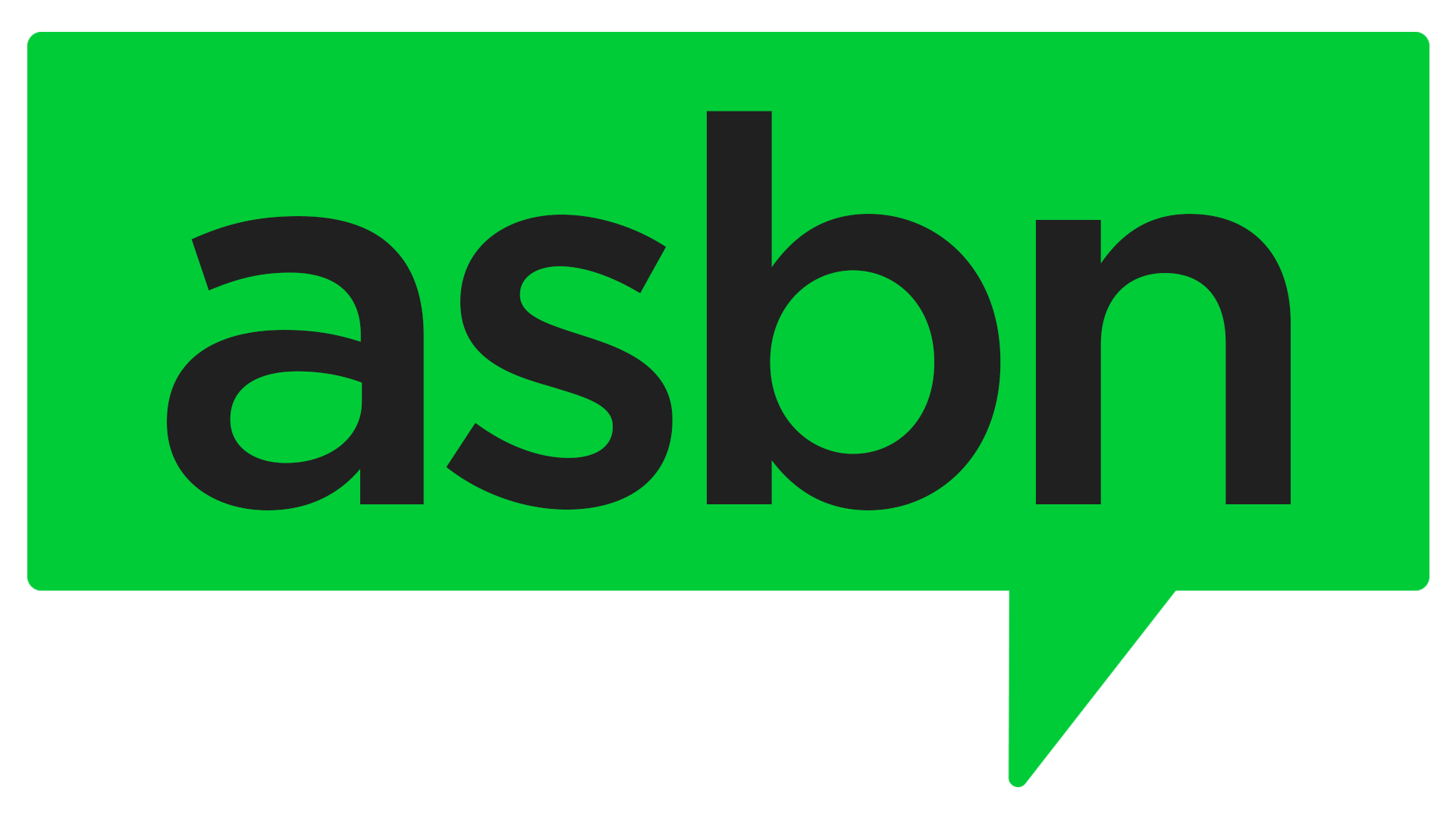While Q3 saw a record high of optimism among small business owners included in the MetLife & U.S. Chamber of Commerce Small Business Index with an index of 69.7, Q4 revealed a slight decrease and overall pause in these feelings with a new index of 69.3. This small drop does not seem to be a cause for concern as business owners continue to maintain a healthy and positive outlook regarding the economy.
The Index revealed that more than a quarter of business owners included in the study are planning to invest more in their companies and increase their staff. Also, 58 percent of business owners rated the overall health of the U.S. economy as “good” or “very good.” Regarding economic outlook and optimism, business owners seem to be in a spot of confidence and stability. However, the same cannot be said for the hiring process or locating skilled talent. Below are crucial takeaways from this quarter’s MetLife & U.S. Chamber of Commerce Small Business Index.
Owners and Current Staff are Paying the Price for a Lack of Suitable Talent
 According to the Index, 67 percent of businesses reported difficulty in finding talent with the skills they need. As a result, owners and current staff are having to take on more duties in the workplace to fill the gap. Eighty-one percent of owners reported having to work more extended hours or assume additional roles. Current staff members are also feeling the strain, as 61 percent of owners noted having to require employees to work longer hours.
According to the Index, 67 percent of businesses reported difficulty in finding talent with the skills they need. As a result, owners and current staff are having to take on more duties in the workplace to fill the gap. Eighty-one percent of owners reported having to work more extended hours or assume additional roles. Current staff members are also feeling the strain, as 61 percent of owners noted having to require employees to work longer hours.
How Owners are Dealing with the Hiring Situation
Small business owners are having to become creative in how they are handling the hiring shortage. Fifty-five percent feel that the current talent pool is either “fair” or “poor.” So, in addition to widening their own work duties and encouraging current staff to do the same, 55 percent of owners reported that they are investing their resources into training new employees instead of putting the energy into finding recruits. While this may be a viable short-term solution, widespread use of this tactic could eventually see an increase in burnout and disengagement among owners and their employees.
A Need for Innovative Hiring Approaches
Even though the hiring landscape is a tough one to navigate for these business owners, two in three businesses that searched for talent in 2018 revealed that they would not be trying a new strategy in 2019. The primary plan most owners are implementing (84 percent) is the reliance on professional contacts and current employees to connect them with quality candidates. While this practice seems to be widespread, it is failing to solve all the hiring issues current business owners are facing. With the popularity of sites like LinkedIn, an emphasis on flexible work arrangements, and the changing demographics of today’s worker, business owners are going to have to commit to developing creative ways to use these new trends to their advantage.
 The Importance of Optimism
The Importance of Optimism
While feelings about the hiring landscape could be better, small business owner optimism concerning the health of the national (58 percent) and local (56 percent) economy is a crucial indicator of where the country currently stands regarding our current economic landscape. According to Jessica Moser, senior vice president, Small Business Solutions in MetLife’s Group Benefits business, “Small businesses are the growth engine of the American economy, employing half of the nation’s private sector workforce.”
She went on to say, “The owners of those businesses make crucial decisions about expansion and hiring every day, so their level of optimism is a good indicator of future growth. The findings of this quarter’s Index show they are still bullish, which bodes well for our economy as a whole.” If the individuals who are interacting with today’s consumers feel confident about the economic outlook, then there is a good chance the country is on the right economic path. Hopefully, the hiring landscape will begin to rise right alongside it as 2019 unfolds.


 The Importance of Optimism
The Importance of Optimism